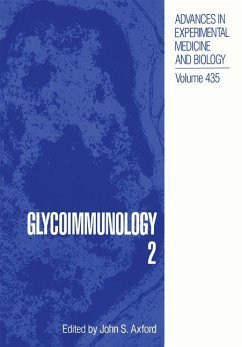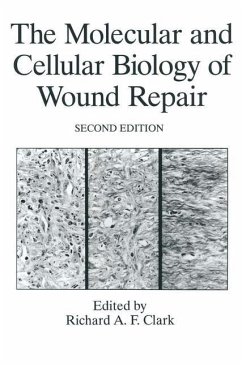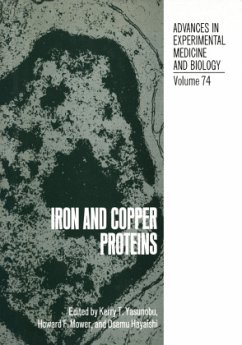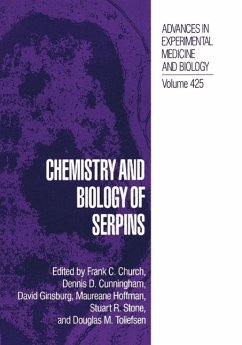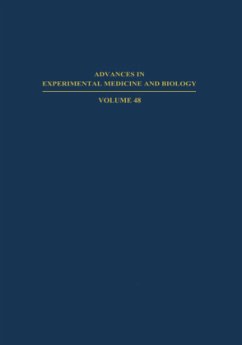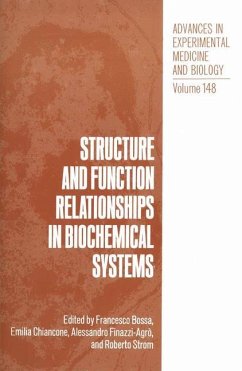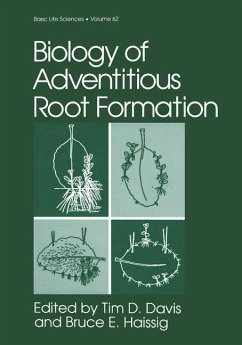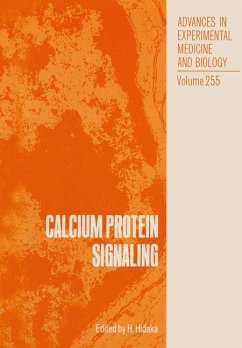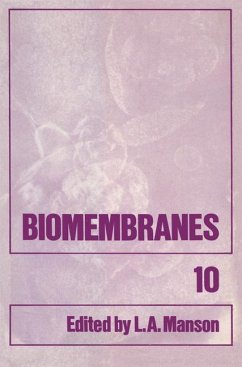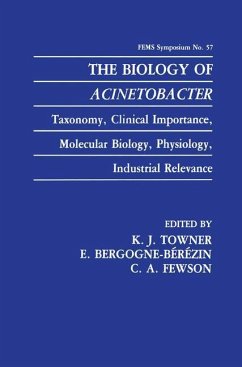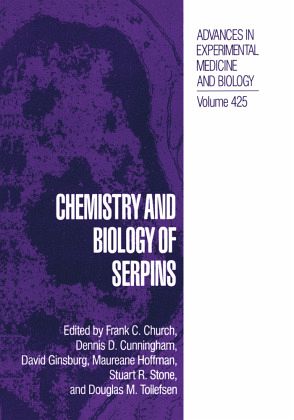
Chemistry and Biology of Serpins

PAYBACK Punkte
19 °P sammeln!
Serpins (serine protease inhibitors) are a superfamily of proteins whose physiologi cal action is primarily targeted to inhibiting serine proteases. There are instances where serpins are not inhibitors (and can carry steroid hormones for instance), yet key structural and functional elements found in all serpins are maintained in these 'non-inhibitor' ser pins. Many serpins have well-described biological properties which influence pathophysi ological events, including: antithrombin (historically called antithrombin III), ai-protease inhibitor (historically called ai-antitrypsin), and plasminoge...
Serpins (serine protease inhibitors) are a superfamily of proteins whose physiologi cal action is primarily targeted to inhibiting serine proteases. There are instances where serpins are not inhibitors (and can carry steroid hormones for instance), yet key structural and functional elements found in all serpins are maintained in these 'non-inhibitor' ser pins. Many serpins have well-described biological properties which influence pathophysi ological events, including: antithrombin (historically called antithrombin III), ai-protease inhibitor (historically called ai-antitrypsin), and plasminogen activator inhibitor-I, just to mention a few. A deficiency or defect in antithrombin leads to venous thromboembolic disease, while a deficiency or defect in ai-protease inhibitor is associated with chronic obstructive pulmonary emphysema. In contrast, it has been suggested that increased levels of plasminogen activator inhibitor-l may be a predisposition to myocardial infarction. The list goes on for each of our own "favorite" serpin. The biological roles found for serpins are key participants in almost every physiological event. In other words, serine proteases are needed for many events in biology and the role of serpins to down regulate these pro teases is essential. Thus, just using these three examples above for serpins and their patho physiological roles reminds us that the medical costs to control such events is significant worldwide.





